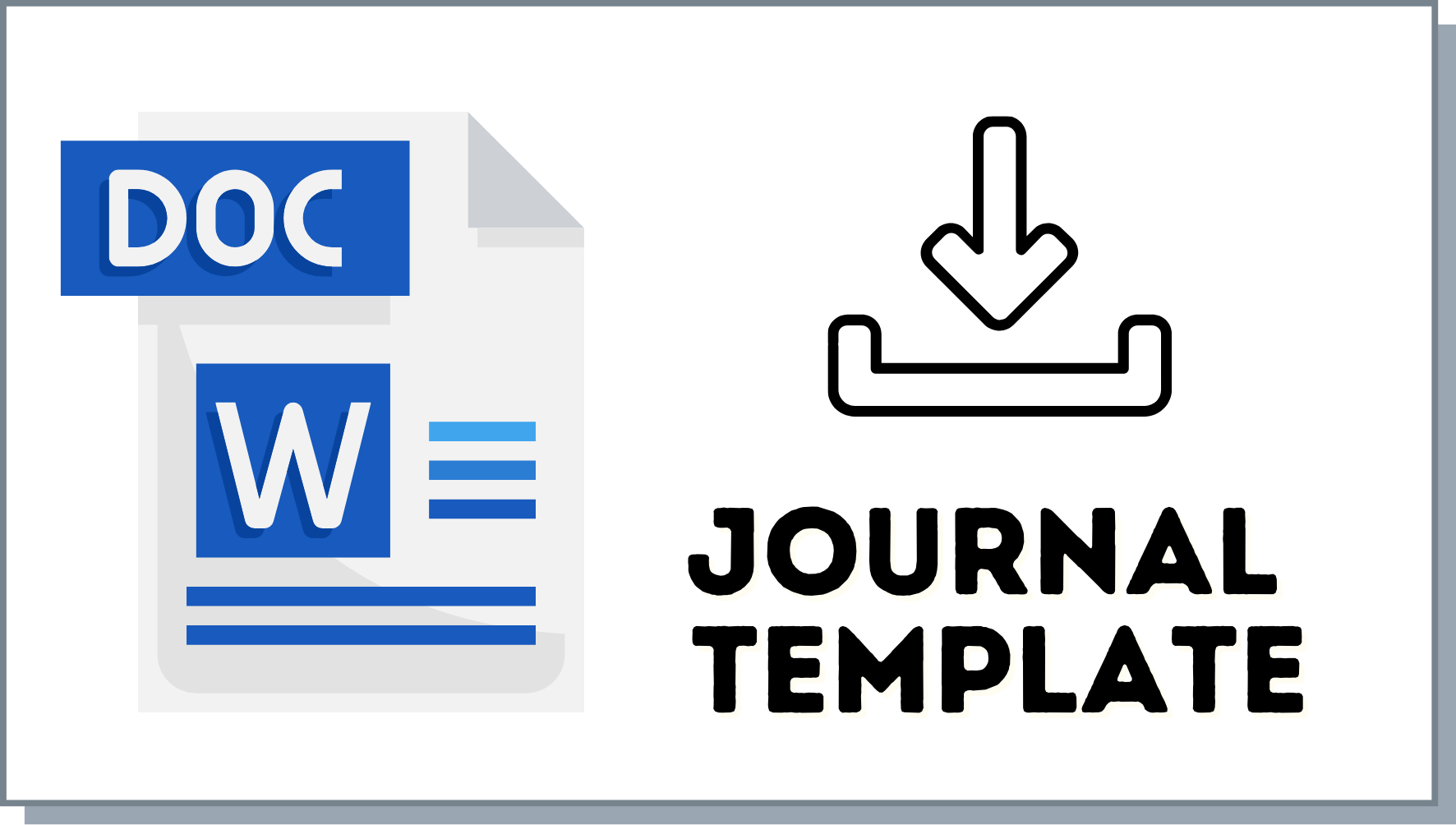MaGoGreen: Teknologi Bio-Konversi Sampah Organik Sebagai Pakan Ternak Alternatif Memanfaatkan Larva Black Soldier Fly
DOI:
https://doi.org/10.32522/abdiku.v1i1.11Keywords:
Bioconversion, Waste, Maggot, Organic wasteAbstract
Waste utilization and management in a number of areas in Indonesia is still a complicated problem. One of the wise waste management efforts is by utilizing bioconversion technology with Black Soldier Fly maggot media that known as MaGoGreen (Maggot Go Green). The purpose of this community service is to provide counseling to the community about the use of organic waste through environmentally friendly waste management with bioconversion technology by utilizing Black Soldier Fly Larvae. This activity is expected to be an effort to educate breeders to get cheap, safe, and quality feed independently. This counseling was carried out in collaboration with the Trigona Kelulut Makmur Bee Cultivation Group (KBLTKM) in Bangun Rejo Village, Tenggarong Seberang District, Kutai Kartanegara Regency, East Kalimantan Province. The community service methods used include material presentation, practice of maggot cultivation from the preparation stage, egg hatching and maggot enlargement to breeding, distribution of brochures (leaflets), and ends with discussions and questions-answers. Extension participants received knowledge about bio-conversion technology of organic waste as an alternative animal feed ingredient by utilizing Black Soldier Fly Larvae. Most of the participants also felt compelled to carry out independent processing of organic waste into livestock food products.
References
Ahmad, S. M. & Sulistyowati. (2021). Pemberdayaan masyarakat budidaya maggot BSF dalam mengatasi kenaikan harga pakan ternak. Journal of Empowerment, 2(2), 243-260.
Amandanisa, A. & Suryadarma, P. (2020). Kajian nutrisi dan budi daya maggot (Hermentia illuciens L.) sebagai alternatif pakan ikan di RT 02 Desa Purwasari, Kecamatan Dramaga, Kabupaten Bogor. Jurnal Pusat Inovasi Masyarakat, 2(5), 796‒804.
Bosch, G., Zhang, S., Oonincx, D. G. A. B., Hendriks, W. H. (2014). Protein quality of insects as potential ingredients for dog and cat foods. Journal of Nutritional Science, 3, 1-4.
Fahmi, M. R., Hem, S., Subamia, I. W. (2009). Potensi maggot sebagai salah satu sumber protein pakan ikan. Prosiding Seminar Nasional Hari Pangan Sedunia XXVII. Hal. 125-130.
FAO. (2013). Edible insects: Future prospects for food and feed security. Rome (Italy): Food and Agriculture Organization of the United Nations.
Manurung, A., Rosnita, Cepriadi. (2016). Motivasi penyuluh dalam melaksanakan penyuluhan perkebunan karet di Kecamatan Kuantan Tengah Kabupaten Kuantan Singingi. Jurnal Online Mahasiwa Bidang Pertanian, 3(2), 1-15.
Munchdar, F., Samadan, G. M., Utmona, F. (2021). Pengaruh pemberian dosis tepung Maggot (Hermetiaillucens) berbeda terhadap pertumbuhan udang vaname (Litopenaeusvannamei) dalam wadah terkontrol. Jurnal Ilmu Kelautan Kepulauan, 4(2), 380-395.
Rambet, V., Umboh, J. F., Tulung, Y. L. R., Kowel, Y. H. S. (2016). Kecernaan protein dan energi ransum broiler yang menggunakan tepung maggot (Hermetia illucens) sebagai pengganti tepung ikan. Jurnal Zootek, 36(1), 13-22.
Subamia, I. W., Nur, B., Musa, A., Kusumah, R. V. (2010). Pemanfaatan maggot yang diperkaya dengan zat pemicu warna sebagai pakan untuk peningkatan kualitas warna ikan rainbow (Melanotaenia boesmani) asli Papua. Prosiding Forum Inovasi Teknologi Akuakuktur 2010. Jakarta (Indonesia): Pusat Penelitian dan Pengembangan Perikanan Hal. 755-761.
Zarkani, A., Utami, M. A. F., Djamilah. (2020). Produksi maggot Hermetia illucens hasil biokonversi limbah pertanian sebagai sumber pakan ikan/unggas potensial di Desa Lawang Agung, Kabupaten Seluma. Dharma Raflesia, 18(1), 47-54.
Downloads
Published
How to Cite
Issue
Section
License
Copyright (c) 2022 Karyati Karyati, Dewi Yuli Yana, Muslimin Muslimin, Sri Sarminah, Emi Purwanti, Karmini Karmini, Nanda Khairil Hakim

This work is licensed under a Creative Commons Attribution-NonCommercial-ShareAlike 4.0 International License.










